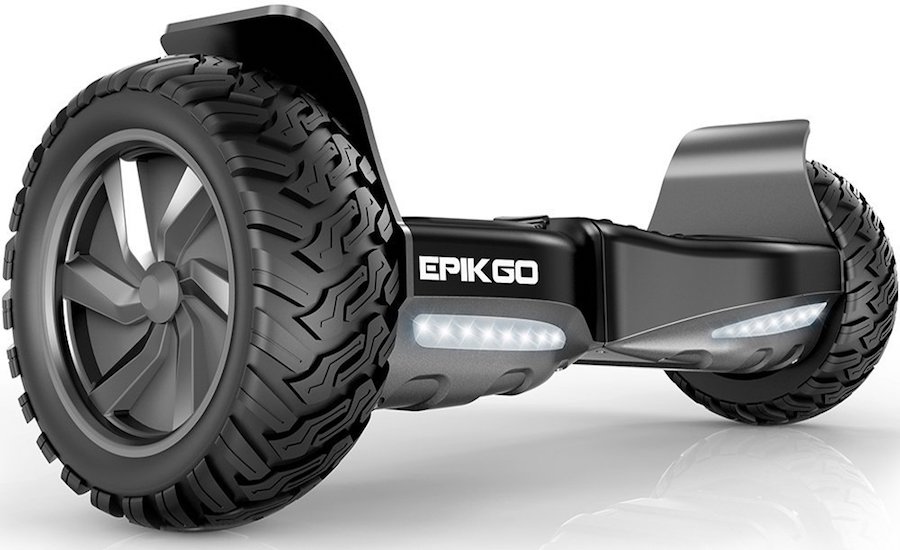
[Image for illustration purposes only. -Ed.]
By David Ponce
Those are some big claims for EEStor, a very secretive company in Cedar Park, Texas. They claim to be working on an electrical storage device that they’re reluctant to call a battery, for the simple reason that it does not use a chemical reaction to store the energy. Instead, it is rumored the device is made of a ceramic powder coated with aluminum oxide and glass, and would indeed take five minutes to charge, as opposed to hours, as it is now with batteries. Such behavior is sometimes described as being an Ultracapacitor. A car powered by such an engine would have a range of 500 miles, on a 5-minute charge that would usually amount to $9 of electricity. $9 for 500 miles works out to about 45 cents a gallon.
Unlike its battery counterparts, this device could charge and discharge hundreds of thousands of times. Also unlike regular electric cars, it would be able to power a car in such a way as to make a four passenger sedan drive like a Ferrari. An engine made from EEStor’s “batteries” would cost approximately $5,200 which is a premium over conventional engines, but the company expects people will realize that the premium can be quickly offset from the expected savings.
There is no word on when exactly this technology will be commercialized, though 2008 seems to be a target.
[CNN Article] VIA [Gizmowatch]




OK, here’s something of a three-minute primer for those who assume that if it’s not pottery it’s not ceramic. Aluminum oxide IS a ceramic powder. and glass IS a ceramic. The secret is not really that big of a secret. You’re probably looking at a gargantuan-sized capacitor not that different fom those that operate a cell phone. Barium titanate substrates coated with a metal in uber-thin layers(probably in the micron-scale), millions of them, probably fortified with alumina and silica to increase the insulation between the layers. The company blows smoke by talking nonsense. I hope they are not just blowing smoke, because as a ceramic engineer and an environmentalist this product would be insanely significant.
I would love to see this paired with that Hybrid Mini that was floating around the web a few weeks ago. The size also seems much smaller too. Get a pair of these that take turn charging and discharging powered off of the small gas powered generator and reciprocative braking/power generation you’d have a kick ass car that could cross the country on a single tank of gas. Cool
500 Miles In 5 Minutes…
Electric-powered transport is in increasing demand, but as with all electrical devices battery life is still a serious issue. A company called EEStor claims to have cracked the problem with its ‘Ultracapacitor’ storage banks, which it claims will be …
Looks promising. I want one (or two?) of these babies in a Tesla Roadster. That would be awesome beyond description.
I’d be glad to test these in my EV and report back on the real world performance. %K doesn’t seem too high a price.
Fast charging would be a hugh demand on peak power on the grid and transformers. I hope people won’t start charging during peak hours !!
First articles on EEstor came out in late 2005, early 2006 suggesting independent verification in weeks and small production runs by end 2006. Sounds like they may have jumped the gun and all is not as it seems. We’re now out to 2008. If it sounds too good to be true, it probably is.
This sound like fiction, equivalent to evolve from bicycle to mach 5 supper jet in matter of days. Nothing come near even the best today supper capacitors. This could charge faster, 5 minutes charge for this supper capacitor because involve of current regulator circuit and of course for discharge also.
What I can recall from inorganic chemistry years ago is that you only get out the energy you give. Even at 100% , the energy put into the system is equivalent to a 5 minute charge-how can you go 5oo miles on a 5 minute charge? You have stored at most 5 minutes of electricity.
How Much!?!?! Ball park.
supper?
How Much!?!?! Ball park.
supper?
How Much!?!?! Ball park.
supper?
It works off of capacitors… Capacitors store energy based on Potential energy… and unlike chemical batteries, this does not require for a slow chemical reaction to create a charge. The only problem has been capacitor's ability to store energy, which usually is significantly lower than the average battery. Other wise, charging a capacitor is just like turning on one of those small lights that blink… it is near instantaneous!
Lets see if my math is right..
For the sake of numbers, lets say this electric car has a
10HP motor. 1HP is roughly 760 watts. Lets assume it requires all 10 HP to propel
the car at a top speed of 60mph, for 500 miles. 500mi/60mph=8.3 hours.
10hp*760Watts per HP=7,600 watts…. 7,600w*8.3hrs=63,080watt-hours, or 63.08KWH.
now lets condense that down to five minutes, or, 1/12th of an hour.. 756,960
watts? At 220 volts, that’s 3,440 amps! Sorry, I only have 100 amp service to
my home.
Please let me know if my math is wrong… but weather their
ultracap can take that charge or not, my local power grid cant support it!